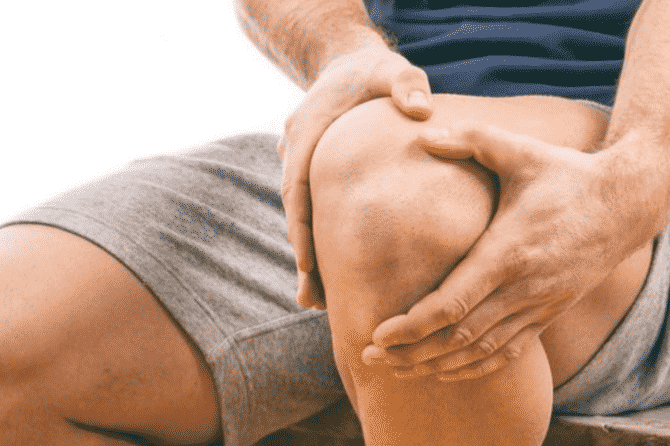
You’ve probably heard about meniscus tears. It’s a common knee injury in athletes but can happen to anyone. Your symptoms are typically sharp pain and swelling of the knee – and you have trouble extending your knee.
The menisci are C-shaped fibro-cartilaginous tissues present within the knee joint, in between the tibia and femur. Meniscus increases the congruency of the knee joint and helps in even distribution of loads, like a cushion, while bearing weight.
Following are some frequently asked questions about meniscus injuries:
How are meniscus injured?
Under normal conditions of weight-bearing and physical activities, the meniscus resists deformation. It is the situation where the femur rotates over the fixed / weight-bearing tibia, such as during pivoting or sports injuries, when the meniscus is torn. Sometimes it can be torn along with cruciate ligaments of the knee, particularly the anterior cruciate.
Why is it concerning?
The meniscus is the cartilaginous structure that lacks adequate blood supply towards it center. The supply of blood promotes natural healing. Once torn at this particular location, it is unable to repair itself, unlike other tissues of the body. This torn meniscus if large-sized, can cause the knee to be unstable, which in the long run can lead to knee osteoarthritis. Knee osteoarthritis is a very debilitating condition of the aged population.
How do I know if I have torn my meniscus?
Immediately after a twisting type of injury to the knee, there is sometimes minimal pain or knee swelling. Only on the next day, knee swelling is prominent and some have knee pain due to tense joint swelling. If the meniscus tear is large, commonly called as Bucket-Handle tear, there will be loss of knee full extension and locking of the joint. If a small tear is present, then there might be simply joint clicking.
What test is done to confirm the meniscus tear?
The investigation of choice is an MRI. MRI not only shows the size and location of the tear, but it also detects additional tears of the knee ligaments, particularly anterior cruciate ligament (ACL). If a meniscus tear is associated with ACL tears, then surgery is usually recommended.
What are the treatment modalities?
A small sized tear, isolated tear, peripheral zone tear, or tear in older age population may not require surgery. In such cases, analgesics, rest, ice, and knee physiotherapy can often suffice. However, if the tear is large, or the bucket-handle type, or is causing symptoms like pain, swelling, clicking, locking, or loss of the knee range of motion, then surgery is usually appropriate. Please consult your treating orthopedic surgeon at the DOC for full information because every case is different.
The meniscus can be repaired if it is situated in the peripheral zone and is small in size.
However, if it is large and irreparable then either meniscectomy (partial or complete removal of meniscus) or meniscus transplant surgery is performed with success in our ambulatory surgery center.
Call DoralDOC at (305) 537-7272 to learn more or make an appointment today!



… [Trackback]
[…] Read More Info here on that Topic: doraldoc.com/meniscus-injury/ […]
Reply… [Trackback]
[…] Read More here to that Topic: doraldoc.com/meniscus-injury/ […]
Reply… [Trackback]
[…] Find More Information here on that Topic: doraldoc.com/meniscus-injury/ […]
Reply… [Trackback]
[…] Find More Information here to that Topic: doraldoc.com/meniscus-injury/ […]
Reply… [Trackback]
[…] Find More on that Topic: doraldoc.com/meniscus-injury/ […]
Reply